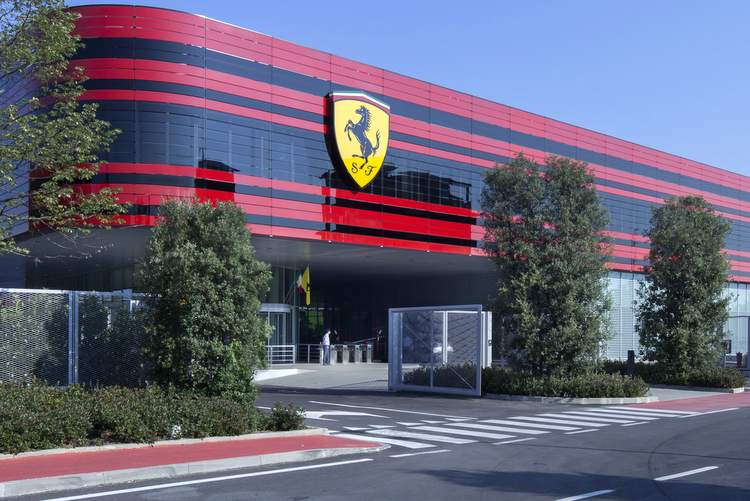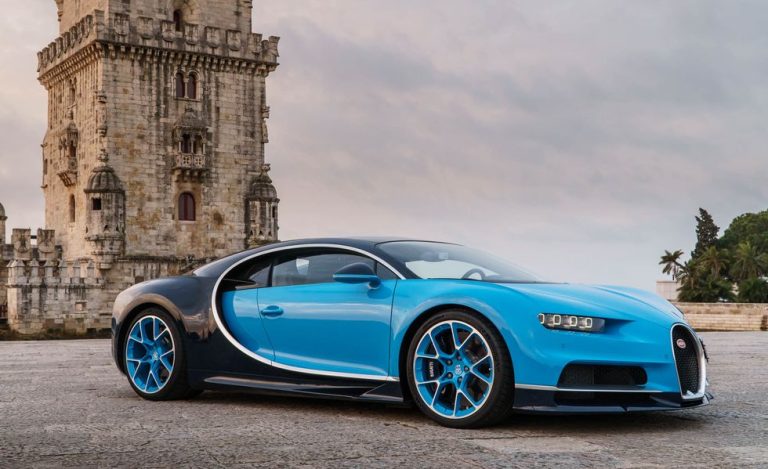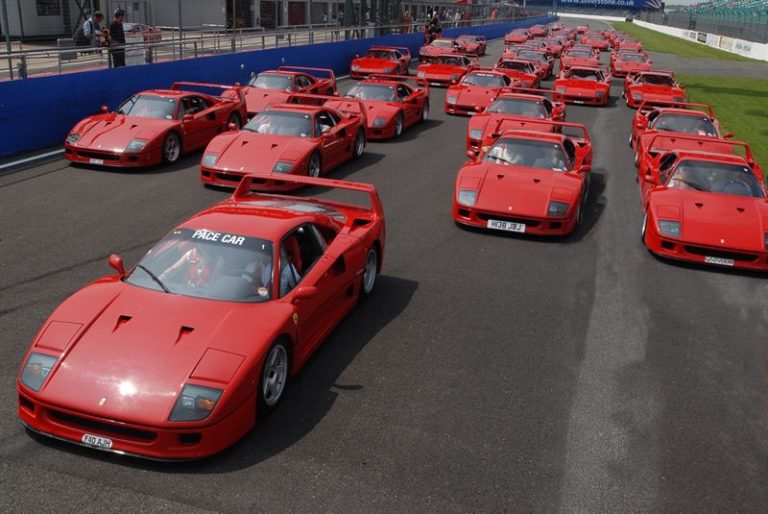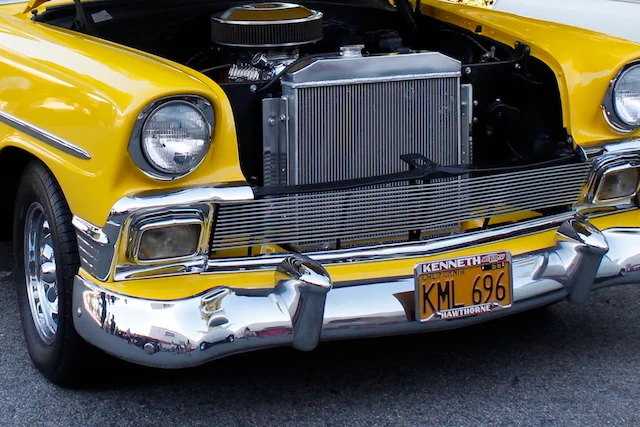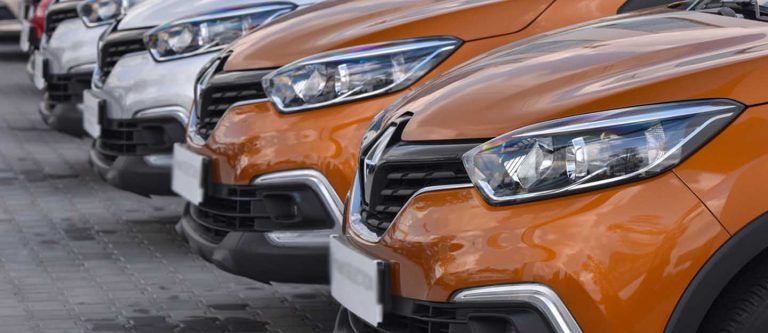What Are Vintage Cars?
Vintage cars, often revered for their classic design and historical value, are more than just old vehicles. They are remnants of past automotive eras, each telling a unique story. In this guide we will find out what defines a vintage car, exploring its characteristics, significance, and the timeless appeal that captivates enthusiasts around the world.

What Are Vintage Cars?
Vintage cars are more than just old vehicles; they represent a specific period in automotive history, typically defined by cars built between the World War I era and the early 1930s. Unlike classic cars, which can refer to any older car that is notable for its design, performance, or rarity, vintage cars are specifically from this earlier era and are distinguished by their antique styling and technology.
The Characteristics that Define a Vintage Car
Vintage cars are not merely old vehicles; they are significant pieces of automotive history, distinguished by their unique attributes that reflect the era in which they were made. Here are the key characteristics that define a vintage car:

1. Age and Period
Vintage cars are typically defined as vehicles manufactured between the end of World War I and the beginning of the 1930s. This period is characterized by rapid advancements in automotive technology and design, which were influenced by the economic changes of the time.
2. Distinctive Design
Vintage cars are renowned for their distinctive designs, which often include features not commonly seen in modern vehicles. These may include:
- Art Deco and Art Nouveau influences: Curved fenders, rounded roofs, and ornate detailing.
- Open tops and convertible designs: Many vintage cars were designed without roofs or were equipped with convertible tops to suit the preferences of the time.
- Wooden frames and bodywork: Earlier cars used wood for frames and sometimes for body panels, a trait that has been replaced by metal in modern vehicles.
3. Technology and Mechanics
The technology used in vintage cars is quite primitive compared to today’s standards. These vehicles typically feature:
- Manual transmissions: Most vintage cars have manual gearboxes with three or four speeds.
- Simple engine designs: Engines during this period were less complex and typically had fewer cylinders and lower horsepower than modern engines.
- Basic safety features: Vintage cars lack the sophisticated safety features that are standard today, such as airbags and anti-lock brakes.
4. Craftsmanship
The craftsmanship of vintage cars is another defining characteristic. These vehicles were often hand-built with a level of artisanal detail that is rare in today’s mass-produced vehicles. This includes:
- Hand-formed body panels: Many vintage cars feature bodywork that was shaped and assembled by hand.
- Custom interiors: Interiors were typically bespoke, crafted from high-quality materials like leather, wood, and wool.
5. Cultural Significance
Vintage cars often hold significant cultural value, representing the technological ambitions and aesthetic preferences of their time. They are cherished not only for their beauty and rarity but also for their ability to evoke a bygone era.
6. Collector’s Value
Due to their age, rarity, and historical importance, vintage cars are highly valued by collectors. They are often showcased in museums, car shows, and private collections, and can be a significant investment.
7. Driving Experience
Driving a vintage car offers a completely different experience from driving a modern vehicle. The lack of modern conveniences and technology provides a more tactile, engaging driving experience that many car enthusiasts treasure.
What Are Some Of The Most Valuable Vintage Cars?
The value of vintage cars can vary greatly depending on a number of factors, including rarity, condition, historical significance, and even specific models. However, some trends emerge when looking at the most expensive vintage cars ever sold. Here are some of the usual contenders:
-
Ferrari: The iconic Italian brand dominates the top spots. Particularly famous models include the 1962 Ferrari 250 GTO, which holds the record for the most expensive vintage car ever sold at a staggering $70 million. Other Ferraris like the 1957 335 S Scaglietti and the 1964 275 GTB/C Speciale by Scaglietti also fetch high prices in the eight-figure range.

-
Mercedes-Benz: The German carmaker has its share of valuable vintage models. The 1955 Mercedes-Benz 300 SLR Uhlenhaut Coupe, one of only two prototypes built, recently sold for a whopping $143 million, making it the most expensive car ever sold at auction. Other notable Mercedes-Benz models include the 1954 W196R Formula 1 racing car.

-
Other European Marques: Classic cars from Bugatti, Aston Martin, and Duesenberg also frequently appear on lists of the most valuable vintage cars. The 1935 Duesenberg SSJ, for instance, holds the record for the most expensive American car sold at auction at $22 million.

However, the Ferraris, Mercedes-Benzes, and other European luxury marques from the early to mid-20th century consistently command high prices due to their combination of rarity, historical significance, and enduring design appeal.
Frequently Asked Questions
What defines a vintage car?
A vintage car is generally defined by its age and specific characteristics. These vehicles represent different eras of automotive technology and design. Notable examples include the Chevrolet Corvair and the 1957 Mercedes-Benz 300SL Gullwing.
How can one buy or sell vintage cars?
Buying and selling vintage cars can be done through platforms like Exoticcartrader.com. Such platforms facilitate encounters between vintage cars enthusiasts, collectors, and sellers.
How is the future of the vintage car market predicted?
Predicting the future of the vintage car market involves analyzing trends and considering factors such as rarity, original condition, and production numbers. It is a necessary practice for collectors and investors intending to anticipate high returns.
Can the Chevrolet Corvair or MG models be valuable assets?
Based on their rarity and rising demand among car collectors, models like the Chevrolet Corvair and the MG brand can potentially become quite valuable assets in the vintage car market.
How does disruptive innovation influence the vintage car market?
Disruptive innovations, like the Corvette’s debut in 1953, profoundly impact the vintage car market. They indicate the start of a new era or technological advancement, influencing future trends, and adding to the vehicles’ symbolic status.

Hi! I’m Larry Gibbs, studying mechanical engineering with a focus on cars. I really love Ferraris and write blog posts about the latest car stuff. When not studying or blogging, I’m usually on a road trip exploring new places. I also enjoy playing football and watching movies. Life’s an adventure, and I’m all about enjoying the ride!

